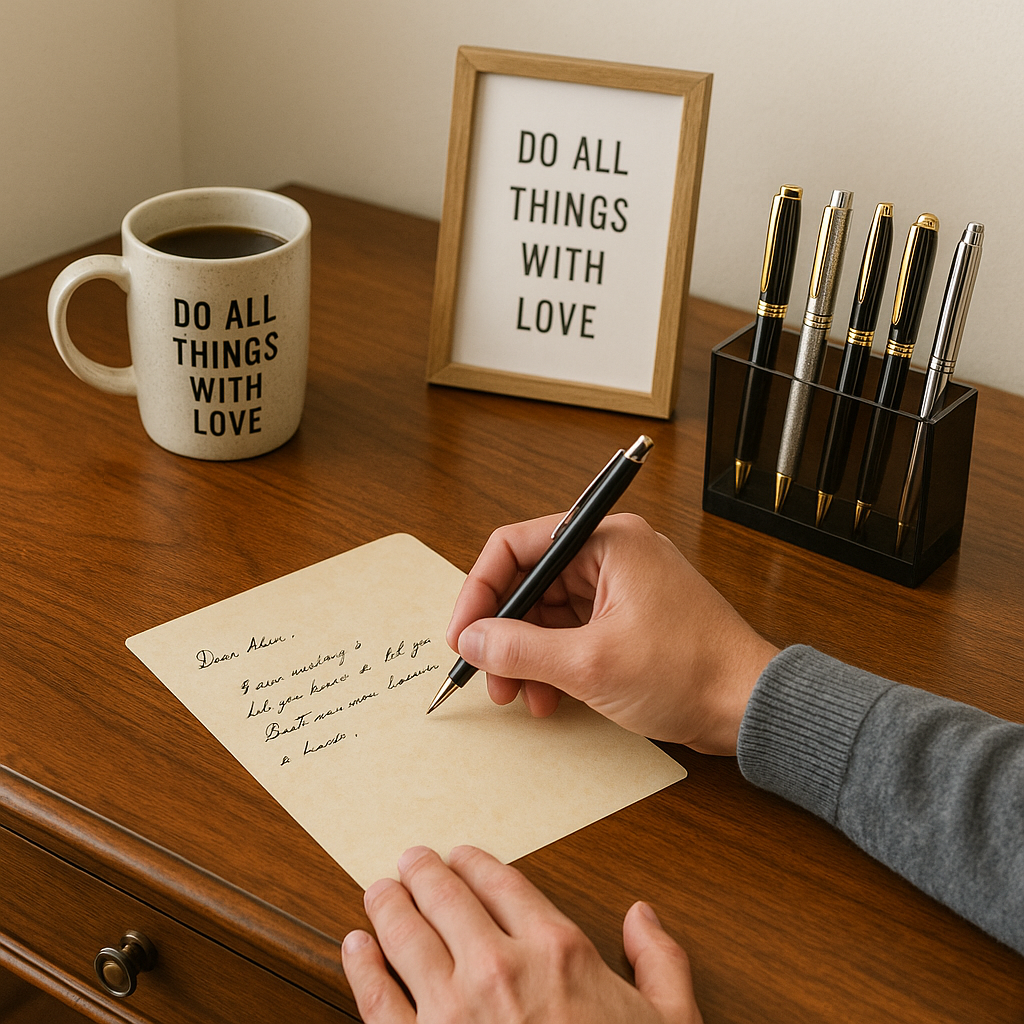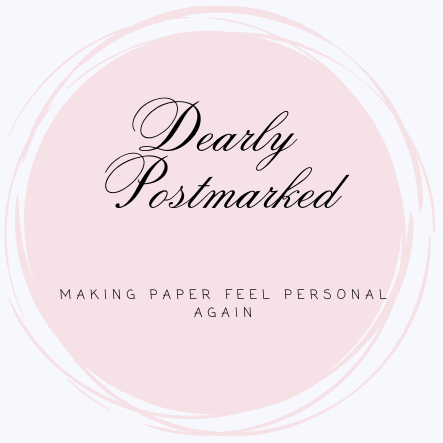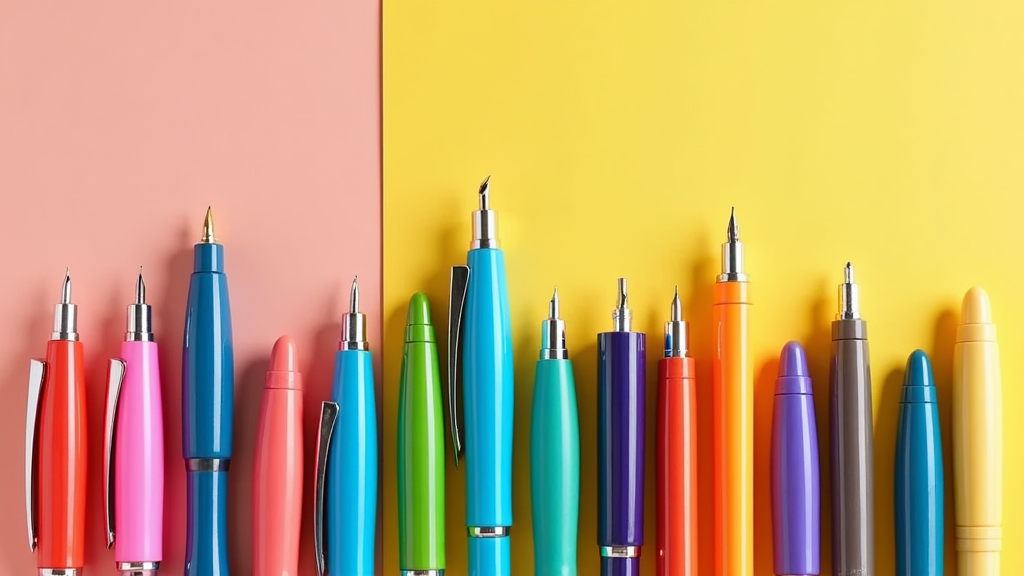The humble pen is a classic tool, but it truly deserves a moment in the spotlight. National Pen Day is the perfect excuse to appreciate the pens that fuel our creativity, power up our notetaking, and make every signature a little more stylish. Whether you’re a pen collector, a stationery addict, or just love the feeling of a smooth ink flow, picking the right pen can spark real joy. Here, I’m sharing my favorite picks for pens that bring something special to the table and help you celebrate National Pen Day in style.

Why Pens Matter More Than You Think
People often overlook just how much a good pen can improve everyday writing. A pen isn’t only an instrument; it can be an extension of your personality or even your mood. When you use a pen that feels just right, taking notes, journaling, or knocking out a to-do list becomes a whole lot smoother. The right pen can help you slow down, focus, and even make meetings a bit more bearable. Choosing a pen that fits your hand and writing style is super important for comfort and enjoyment.
With National Pen Day growing in the stationery community, it’s also a great time to notice how pens have changed over the years. Modern pens range from slick gel rollers to classic fountain models, quirky novelty designs, and ecofriendly options. The pen market has expanded to include affordable choices for everyday writers and high-end collectibles for longtime enthusiasts. There’s literally a pen for every vibe and purpose. Pens also carry with them aspects of memory and meaning—think of all those signed birthday cards or important documents that marked milestones in your life. Plus, as handwriting makes a comeback in everything from mindfulness routines to artistic hobbies, people are finding new appreciation for the pens that make it happen.
How to Pick the Right Pen for You
Picking a new pen can get confusing if you don’t know what all the types and features mean. Before checking out specific recommendations, I want to clear up some terms you’ll see on packaging and pen forums:
- Nib Size: Describes the width of the writing tip. Fine nibs make thin lines, while broader nibs lay down more ink.
- Ink Type: Refers to gel, ballpoint, rollerball, or fountain (liquid) ink. Each type flows a little differently on paper.
- Grip: The section you hold. Some pens have rubberized or shaped grips to help prevent hand fatigue.
- Refillable: Some pens can be refilled, which is a bonus for sustainability and long-term use.
- Body Material: Plastic, metal, and wood all give different feels and weight in your hand.
When choosing a pen for yourself, think about what feels comfortable and what you actually enjoy using. The “perfect pen” is really personal; some folks are all about smooth gel ink, while others can’t stand it and swear by classic ballpoints. There’s no wrong answer, only the right tool for your style and needs. Sometimes, pens hold sentimental value—they might remind you of a favorite teacher or the first time you signed a big agreement. Even the color of the ink can set your mood for the day, so don’t be afraid to experiment with something new.
Top 10 Pens to Celebrate National Pen Day in Style
This list showcases a range of pens, from practical picks to those with collector appeal. Each one brings something unique, and I’ve used or tested all of these enough to know what makes them worth recommending:
- Pilot G2 Gel Roller: A modern classic for a reason. Smooth gel ink, comfy grip, and comes in a range of bold colors. Great for everyday jotting and long note sessions.
- LAMY Safari Fountain Pen: This pen is super approachable for beginners but still beloved by serious pen fans. Lightweight, refillable, and comes in a rainbow of playful colors.
- Uni-ball Vision Elite Rollerball: Designed for smooth, leak-free writing, even on airplanes. The ink flow is steady, and it feels substantial but not heavy.
- Paper Mate Flair Felt Tip: A staple among teachers and doodlers. The medium tip produces vivid lines, and the colors pop on the page. Fun for bullet journaling or color-coding notes.
- Fisher Space Pen Bullet: This quirky little pen writes at any angle, in extreme temps, and even in zero gravity. It’s compact and fits right in your pocket or bag.
- Pentel EnerGel RTX: Fast-dry gel ink makes this a favorite for lefties. The balanced weight and snug grip are super comfortable for longer writing bursts.
- Sakura Pigma Micron: An artist’s go-to for precise lines and reliable ink. Great for sketching, notetaking, or any project that needs archival-quality ink that doesn’t smudge.
- Cross Classic Century Ballpoint: Sleek, professional design with a satisfying click. Makes a statement on any desk and feels premium in the hand.
- Kaweco Classic Sport Fountain Pen: Small enough for pocket carry, and surprisingly sturdy. Easy to clean, easy to fill, and delivers that classic fountain pen feel.
- Platinum Preppy Fountain Pen: Budget-friendly and a solid pick for anyone curious about fountain pens. Refills are inexpensive, the colors are fresh, and it’s fun to use for notes or creative writing.
Each of these pens brings real value, whether you’re buying your first “fancy” pen or just want something reliable for work, journaling, or drawing. Worth checking out more detailed reviews and comparison videos for any that catch your eye. There are even online pen communities where passionate fans share writing samples, swap stories, and review their latest finds, so don’t hesitate to get involved and ask for tips.
Common Pen Problems and Easy Fixes
Even the best pens aren’t perfect all the time. I definitely run into these everyday pen issues, but most of them can be sorted out without major stress:
- Ink Skips or Blobs: This often means the tip is blocked or dried out. Giving the tip a quick wipe with a damp cloth or scribbling on scrap paper helps get the ink flowing again.
- Hand Fatigue: If your hand is cramping up, try a pen with a wider or cushioned grip. Sometimes just changing the way you hold your pen helps too.
- Bleeding and Ghosting: Heavy ink (especially from fountain pens) can soak through cheaper paper. Switching to thicker, smoother paper or a pen with less “juicy” ink usually solves it.
- Leaking: Most modern pens are pretty leakproof, but if you store fountain pens nib up, that can prevent problems. Keep them horizontal or nib-up for storage.
Solving these kinds of issues is a lot about trial and error; trying a new pen, adjusting your grip, or switching out the paper. It’s all part of the writing adventure. If you’re stumped, there are tons of how-to videos and online guides that can walk you through troubleshooting common issues—and remember, sometimes all it takes is a little patience and experimenting to figure out what’s wrong.
Understanding Pen Types: More Than Just Ballpoint vs. Gel
Most people know about ballpoints and gels, but there are a few more types of pens worth exploring if you want to branch out for National Pen Day:
- Ballpoint: Oil-based ink, dry feel, good for forms and quick notes.
- Gel: Water-based ink with bright colors and rich lines.
- Rollerball: Liquid ink, super smooth, and a little more vibrant than ballpoint.
- Felt Tip: Fiber tip for bold lines and creative expression.
- Fountain: Draws ink from a reservoir, giving writing a classic, customized feel.
Experimenting with new pen styles is one of the easiest ways to mix up your routine and find something that clicks with your writing vibe. You might even stumble upon a style of pen that quickly becomes your go-to for both professional and creative tasks.
Frequently Asked Questions About Pens
Here are some of the questions I hear most often from people interested in stepping up their pen game:
Question: What’s the best pen for beginners?
Answer: The Pilot G2 and Platinum Preppy are both fantastic starting points. They’re reliable, widely available, and don’t require a big investment.
Question: How do I clean my fountain pen?
Answer: Unscrew the pen and flush the nib with cool water until the water runs clear. Let it dry thoroughly before filling with new ink.
Question: Do expensive pens write better?
Answer: Not always! Sometimes it’s more about build quality or looks. Many affordable pens write smoother than some luxury ones. Try a few and see what you personally enjoy.
Question: Can left-handed writers use fountain pens?
Answer: Yes! Some inks and nibs dry faster than others, which is great for lefties. Look for pens with quick-drying ink, like the Pentel EnerGel or LAMY Safari.
Real-World Uses for a Great Pen
The best pen for you is the one you’ll actually reach for during the day. Here are a few spots where a good pen comes in really handy:
- Journaling: A smooth flowing pen makes reflection time more enjoyable and relaxed.
- Meetings and Notes: Pens with bright ink or comfortable grips can help make long note sessions less of a slog.
- Gifting: Pens are an underrated gift; a thoughtful, practical, and even collectible surprise. Pair with a nice notebook for bonus points.
- Doodling and Drawing: Sketch pens and fine liners like Sakura Micron are favorites for those who like to get creative.
Whatever your reason, treating yourself to a new pen this National Pen Day is a low-key way to give your mood a little boost and maybe even add some fun to your daily routine. For extra inspiration, you could challenge yourself to use a different pen for each part of your day—perhaps a bold gel for brainstorming and a sleek ballpoint for more official notes. You never know which style will become your next favorite.
Enjoy checking out new writing tools, and happy National Pen Day!
You Might Also Like …
Ultimate Guide to Choosing the Right Pen


These are such great gift ideas! I will have to gift myself, too!
Oh how I hate ink blobs! It’s worth it to get a better pen to avoid those. What is the white writing pen you got, in my last letter it was so cool to see and you have the most beautiful penmanship, too!
p.s.
I don’t see a “like” button on your posts, am I missing it?
Hi Melissa, I haven’t figured out how to put a like button on my posts yet. The white ink on black paper is the best. I got the pens at Hobby Lobby.